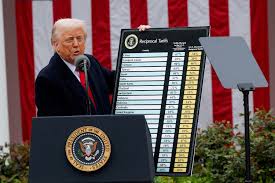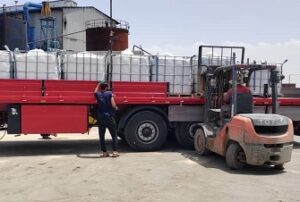Trump’s Tariffs Disrupt Global Bitumen Market, Sparks Price Swings and Trade Shifts
Sweeping trade tariffs by Donald Trump on April 2, 2025, has sent shockwaves through the global markets including Bitumen, leading to a drop expectation in prices and a shift in supply-demand dynamics across Asia and Africa.
Crude Oil Crash Disrupts Asian Bitumen Prices
Brent crude prices plummeted over 24% between February and mid-April, falling from $79 to $60 per barrel amid fears of a global recession. This triggered a 13% decline in the Asian benchmark, the Singapore HSFO 180cst, which dropped from $450/t to $390/t. Bitumen prices followed suit across the region—Singapore’s bulk bitumen fell below $400/t, while South Korea’s prices slipped from $425/t to $395/t.
Regional Demand Diverges: Vietnam Booms, China and India Lag
Southeast Asia witnessed major developments. Vietnam’s demand surged by 30%, driven by accelerated infrastructure and road projects, with expected consumption surpassing 1.2 million tons in 2025. Conversely, demand in China and India declined due to economic slowdown, currency depreciation, and escalating trade tensions with the U.S. Notably, China began exporting surplus bitumen to neighboring countries, further pressuring regional prices.
Africa Opens Up as Domestic Output Falls
The closure of South Africa’s Natref refinery eliminated the country’s local bitumen production, pushing import reliance to 100%. Consequently, Middle Eastern exports to South Africa increased by over 25% in March and April.
Europe Remains Steady Amid Global Turbulence
European bitumen prices experienced only modest fluctuations. Mediterranean prices hovered between $410/t and $450/t, with most bulk transactions concluding at a $10–$15 discount compared to pre-tariff levels.
Shifting Trade Routes and Emerging Opportunities
The new market landscape has redirected export flows. South Korea boosted its exports to Vietnam by around 20%, while Singapore saw its market share there drop from 55% to under 45%. African and Asian buyers are capitalizing on greater supply flexibility, with some East African ports seeing price drops of up to 10% and more favorable payment conditions.




